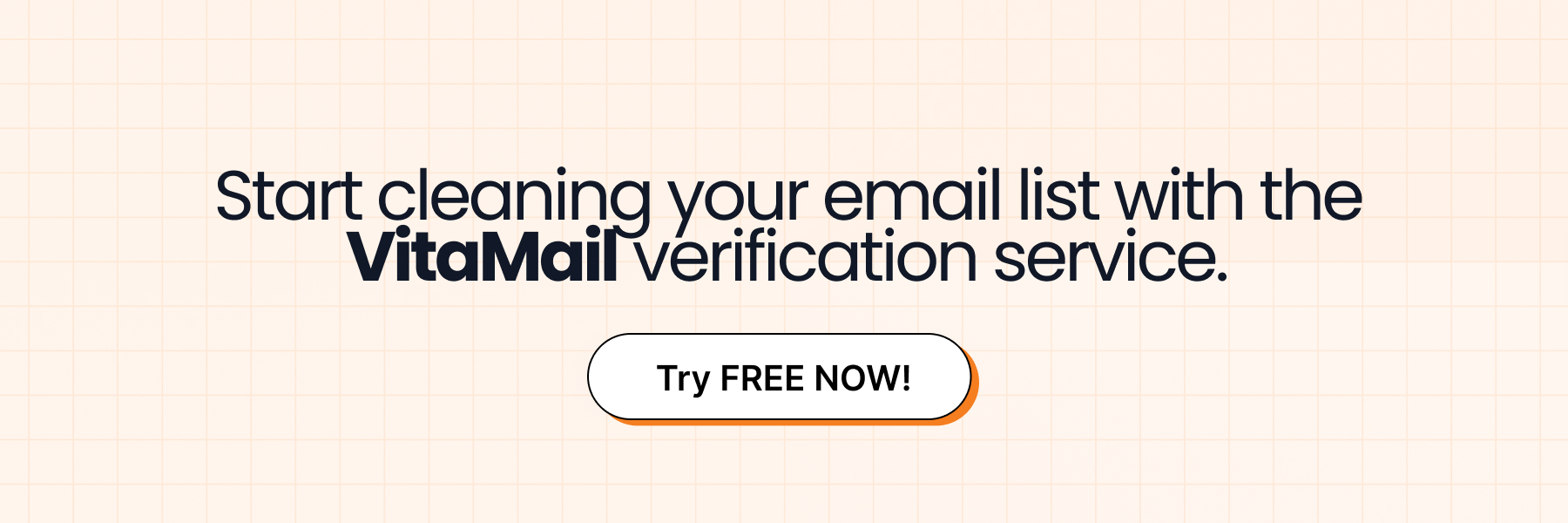Email Marketing Essentials: Strategies, KPIs, and Campaign Types
Email marketing is a powerful tool that can help you grow your business. When done right, it helps you connect with your audience, boost conversions, and build lasting relationships. In this module, we’ll cover:
- How to succeed in email marketing
- Key performance indicators (KPIs) to track
- Types of email campaigns to include
- How often you should send emails
- The essential 4 Ps and Cs of email marketing
How to Succeed in Email Marketing
Success in email marketing depends on a few key factors:
1. Understanding Your Audience
Segmentation is key. By dividing your email list based on factors like location, interests, or previous purchases, you can send more relevant and personalized emails, which will lead to higher engagement.
Example: If you run a real estate business, you could segment your list by location, so people looking for homes in Boston receive listings relevant to that area, while those in another region get updates for their local market.
2. Crafting Compelling Content
Your emails need to offer value. Whether you're sharing helpful tips, announcing a sale, or telling a story, make sure your emails grab attention. Strong subject lines are especially important to boost open rates.
Example: For a small bakery, a subject line like “Get 20% off your next order – Today Only!” can make customers want to open the email and act quickly.
3. Mobile Optimization
Since many people check their emails on mobile, make sure your emails are mobile-friendly. Use short text, clear visuals, and large buttons that are easy to tap.
Example: If you’re running a clothing store, make sure your product images fit properly on mobile screens, and include a “Shop Now” button that’s easy for customers to tap on their phones.
4. Clear Call-to-Action (CTA)
Every email should include a CTA. It could be something simple like "Shop Now," "Learn More," or "Get Your Discount." Make sure it's easy for people to take action.
Example: A local real estate agent might include a “View New Listings” button that leads customers to a page with the latest homes for sale in their area.
5. Test and Optimize
Test different parts of your emails (subject lines, images, CTA buttons) to see what works best. A/B testing can help you improve your campaigns over time.
Example: You could test two subject lines like “Summer Sale: 30% Off” versus “Flash Sale: Only Today!” to see which one drives higher open rates.
How Do We Apply These Strategies to the Different Types of Emails?
In a welcome email, it’s important to set the right tone. Use segmentation to send a tailored message based on the subscriber’s interests or location. Personalize the content and include a clear CTA to make a good first impression.
Example: A real estate agent could send a welcome email to a new subscriber in Boston with a CTA like "Explore the Latest Listings in Your Area."
Newsletters
For newsletters, engaging content is essential. Use segmentation to provide targeted content that speaks to your audience’s specific interests (e.g., new property listings, market trends). Keep the design mobile-friendly and ensure each section has a CTA.
Example: A small business might send a monthly newsletter that includes an article on product care, customer testimonials, and a CTA like “Check Out Our New Collection.”
Promotional Emails
Promotional emails should drive immediate action. Personalize the email by offering a special discount based on the recipient’s previous purchases or behavior. Use compelling subject lines and make sure the CTA stands out.
Example: An online clothing store could send a promotional email offering 20% off on specific items, with a CTA like "Shop Your Favorite Styles Now."
Transactional Emails
Transactional emails should provide necessary information clearly and succinctly. Use a simple, mobile-friendly layout and include any upsell or cross-sell opportunities with a clear CTA.
Example: After a customer purchases a product, a transactional email could thank them for their order and recommend a complementary product with a CTA like “Add to Your Order Now.”
Re-engagement Emails
Re-engagement emails aim to win back inactive subscribers. Personalize these emails by reminding them of what they’re missing, offering a discount or incentive, and including a compelling CTA.
Example: A fitness center could send a re-engagement email to inactive members with a subject line like “We Miss You – Here’s 30% Off Your Next Class.”
Our Newsletter
Join our community and get the latest insights, tips, and exclusive content delivered right to your inbox.









